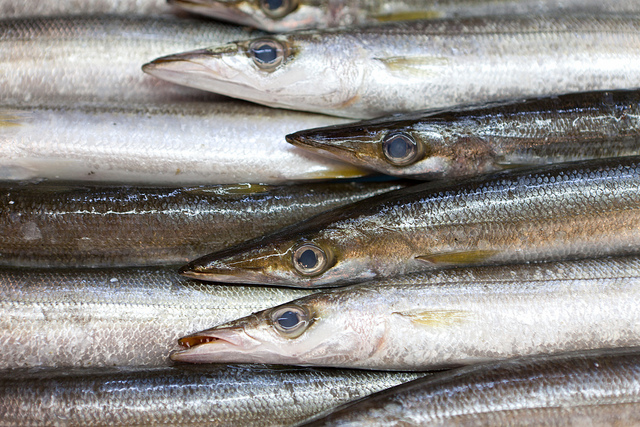Japan and Taiwan concluded a civil fishery agreement in April 2013. It took 17 years to conclude the agreement with occasional interruption of the negotiations. The agreement covers the waters south of 27 degrees north latitude and north of the Yaeyama Islands, excluding the territorial seas around the disputed Senkaku (Diaoyutai) Islands, over which both Japan and Taiwan claim sovereignty. Under the agreement, Japanese and Taiwanese fishing boats in the area are exempted from the jurisdiction of each other’s law enforcement, and the two sides agreed to discuss resource conservation and common fishing rules.
The agreement was a strategic success for both Japan and Taiwan. Taiwan strongly protested against the September 2012 transfer of ownership of three Senkaku Islands from their private owner to the Japanese government by dispatching a large fishing fleet to the waters around the islands. Tokyo grew concerned about a possible Beijing-Taipei unified campaign against Japan’s claim over the islands. In order to prevent such unity of purpose, Prime Minister Shinzo Abe demonstrated strong leadership in concluding the fishery agreement with Taiwan.
Meanwhile President Ma Ying-jeou advocated for an “East China Sea Peace Initiative,” calling for all sides to shelve sovereignty issues, seek peaceful resolution, and jointly develop resources in disputed waters. Ma did not insist upon recognition of Taiwan’s territorial claim during the negotiations, and thus differentiated Taipei’s approach from that of Beijing, which physically challenged Japanese sovereignty by sending coast guard ships within the territorial waters around the islands. As a result, Ma demonstrated Taiwan’s presence and influence in regional issues.
Tokyo and Taipei set a precedent for managing territorial disputes while avoiding further escalation of bilateral tensions in the East China Sea. This could provide a good example for claimants to the South China Sea disputes.
But local fishermen in Okinawa do not necessarily welcome the civil fishery agreement. Taiwanese fishing boats were already allowed to operate in the waters south of 27 degrees north latitude under a 2000 Japan-China fishery agreement. Following the conclusion of that agreement, differing fishing customs and operations led to trouble between Japanese and Taiwanese fishermen, which the latter blame on aggressive practices by Taiwanese operators. The Japan-Taiwan fishery agreement left fishermen in Okinawa dissatisfied that their concerns were not taken into account during the negotiations, and they remain reluctant to operate in the waters covered by the agreement for fear of run-ins with Taiwanese fishermen.
The Japan-Taiwan civil fishery agreement provides a basis for establishing common rules for fishing and dispute settlement. The two sides have been developing such rules under the Japan-Taiwan Fishery Committee. However, the rule-making process is not going well due to different fishing cultures. As a result, Japanese fishing boats refrain from operating in the presence of Taiwanese fishing boats.
The fishery agreement might have satisfied the strategic interests of both Tokyo and Taipei, but its long-term success depends on the support of local fishermen. Japan and Taiwan need to cooperate more on the common rulemaking for safe fishing and the implementation of regulations to make the fishery agreement a real success.
